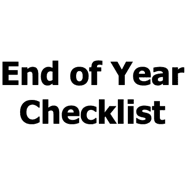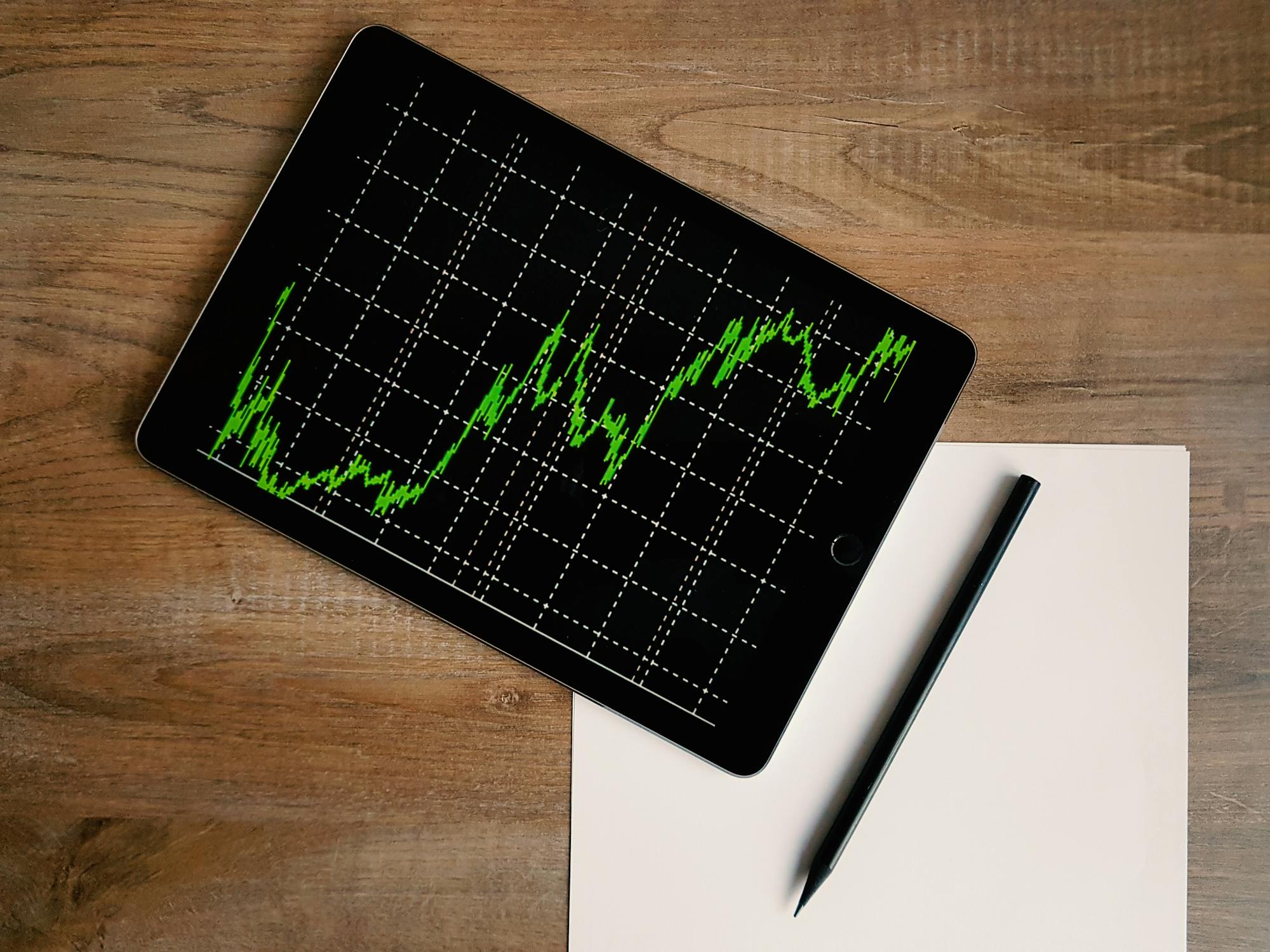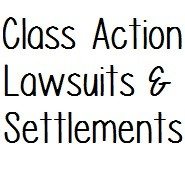
The Wildest Week for Student Loan Borrowers – Key Updates
Student loan borrowers may have just endured the most chaotic week in history.The first week of October 2024 saw unprecedented changes and disruptions to the entire federal student loan system including repayment, default and loan forgiveness.Here’s a breakdown of what has happened and what borrowers should know going forward.Student loan on-ramp program has ended
The federal student loan on-ramp program officially came to an end on October 1.
The on-ramp had extended some of the benefits and flexibilities of the COVID-19 payment pause, which ended in September 2023 after four and a half years.While payments were due during the 12-month on-ramp period and interest accrued, borrowers were protected from the worst consequences of missing payments on their federal student loans.Borrowers would not incur late fees or experience adverse credit reporting if they were late or missed a payment.And because missed payments would be retroactively converted to a forbearance, borrowers were effectively prevented from going into default.
With the on-ramp now over, those protections are gone.Missing payments can now have significant financial and credit reporting impacts for borrowers going forward.See Your Lowest Payment If SAVE Is Blocked Fresh-Start for federal student loan default has ended In addition to the on-ramp, the Fresh Start program also ended last week.The program was initially scheduled to end on October 1 in conjunction with the on-ramp, but technical issues with the Education Department’s website led officials to briefly extend the program to October 2.
Fresh Start had protected borrowers who were in default on their federal student loans from experiencing the consequences of default.Collections activities were suspended, and financial penalties and collections fees were eliminated.Adverse credit reporting stopped.Borrowers could regain access to federal aid programs if they returned to school.
In addition, Fresh Start provided eligible borrowers with an easy pathway to get out of default and back into good standing.This allowed them to then be able to access a broad array of student loan repayment and forgiveness programs once they returned to regular repayment.But with Fresh Start now over, borrowers who did not take advantage of the temporary initiative will soon start to feel the consequences.Consequences of the program's end Negative credit reporting may soon resume for borrowers who defaulted less than 7.5 years ago.
Federal aid for borrowers returning to school will soon be cut off again.And collections activities are set to resume.The government has powerful collections tools to pursue defaulted federal student loan borrowers including administrative wage garnishment, offset of federal benefits (including Social Security), and seizure of federal (and possibly state) tax refunds.In some cases, the government or federal guaranty agencies could initiate collections litigation in court against certain borrowers to pursue other income or assets through a court order.
Defaulted federal student loan borrowers can still potentially get out of default.But Fresh Start — designed to be the easiest pathway to get back to good standing — is no longer available.Borrowers could apply for older default resolution options, including rehabilitation and Direct loan consolidation, depending on eligibility.Wild ride for Biden’s newest student loan forgiveness plan President Biden’s newest student loan forgiveness plan also had a wild week.
The new program, touted as “Plan B” for mass debt relief after the administration’s first program was rejected by the Supreme Court last year, was set to launch as soon as this month.The initiative was geared toward providing relief to distinct categories of borrowers, including: Borrowers who now have inflated loan balances due to interest accrual or capitalization.Borrowers who first entered repayment before July 2005 or July 2000.Borrowers who qualify for existing loan forgiveness programs but never enrolled.
Borrowers who attended institutions that lost access to federal aid programs due to their failure to comply with federal rules.Administration officials relied on a different legal authority and regulatory process to create the new plan, hoping that this would insulate the plan from legal challenges.Those hopes appear to have been misplaced.Unexpected court rulings and setbacks In September, a group of Republican-led states filed a pre-emptive lawsuit to stop the new loan forgiveness plan, even though the Biden administration had not even finalized the regulations or begun implementing the program.
A Georgia court temporarily blocked the plan to consider legal arguments.But then, in a surprise ruling, the court released the temporary order and transferred the case to a court in Missouri.Advocates hoped this would give the Biden administration a window of time to move forward with the loan forgiveness plan.But just hours after the Georgia ruling, the court in Missouri — which took over the lawsuit — issued an even broader nationwide injunction, halting the program for the foreseeable future.
Advocates slammed the ruling as clearly political and not based at all on any sound legal reasoning, and the decision will almost certainly be appealed.But any appeal would go to the 8th Circuit Court of Appeals – the same court that blocked Biden’s first attempt at mass student loan forgiveness, and has also now blocked the new SAVE plan, as well.So Biden’s latest broad debt relief program appears to be on life support for the time being.SAVE plan remains blocked Meanwhile, the SAVE Plan — Biden’s newest income-driven repayment (IDR) plan that reduces payments, waives excess interest and fast-tracks student loan forgiveness for some — remains on hold due to the 8th Circuit’s injunction that the court issued in August.
More than eight million borrowers who enrolled in SAVE or switched from other IDR plans remain stuck in a forbearance.They don’t have to make payments, and interest won’t accrue on their balances, but the period doesn’t count toward student loan forgiveness under either IDR or Public Service Loan Forgiveness (PSLF).Cascading consequences for borrowers The SAVE plan injunction and forbearance have led to cascading consequences throughout the federal student loan system, particularly for those enrolled in or applying for IDR plans.The Education Department took down the online IDR and Direct consolidation applications, saying officials needed to update their systems to ensure compliance with the 8th Circuit’s order.
Borrowers could submit paper applications, but the department also paused IDR processing and indicated that borrowers applying for these programs would experience long delays.This would also impact borrowers who must recertify their income for their IDR plan (and the department has provided no guidance on what those borrowers should do).The IDR application is back online In one piece of good news last week, the Education Department restored online access to the IDR and Direct consolidation applications, easing the process for borrowers who need to apply or recertify their income, or those who want to switch out of the SAVE plan forbearance to another IDR plan to continue making qualifying payments toward student loan forgiveness.Delays in processing and income verification For at least some borrowers, the IRS data retrieval tool — which has allowed people to import their income information from their last-filed tax return into the online IDR application — appears to still be down.
This means they may need to manually upload their proof of income (which can be their last-filed tax return or alternative documentation, like a recent pay stub).However, the department has not said that the processing pause for IDR plans has been lifted, even though the online IDR application has returned.And updated guidance still indicates that borrowers applying for IDR plans or looking to switch IDR plans should expect lengthy delays.
Publisher: Source link





